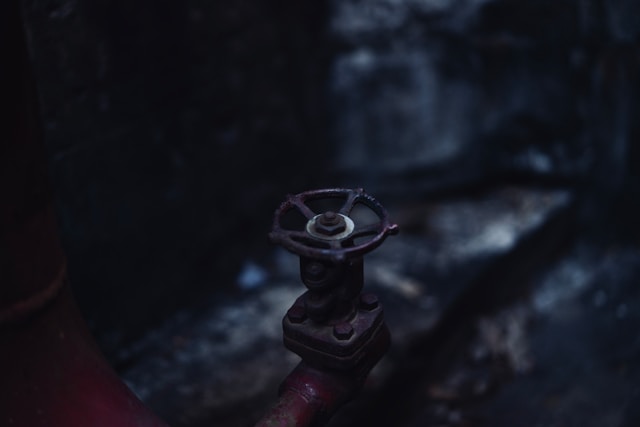A septic system is a great way to deal with household waste in a home not connected to public sewer lines. However, it’s not a DIY project.
Installing a septic tank requires several steps and involves some heavy-duty work.
Site Survey and Soil Test
To ensure a successful installation, it is essential to carefully inspect and assess the site before septic tank installation Orlando FL. It includes a soil survey report and often a perc test, allowing a real-world understanding of your land’s suitability for an off-mains sewage system.
The survey will help you locate the existing sewer pipe, drinking water sources, and buried utility lines. It will also give you an idea of the soil type and what systems could work well on your property.
A good installer can also pull the necessary permits for your septic tank installation. They can guide you through the process and advise on what is required to meet your health department requirements. Wrong installation is a leading cause of off-main sewage issues, so it is always best to let professionals take care of it for you. It will ensure your septic system is safe, effective, and legally compliant.
Dig the Hole
Once you have the site permit and a soil test done, it’s time to start digging the holes for the system. It is a critical step, and homeowners should always work with professionals while doing this.
Dig a hole for the tank according to the placement instructions detailed in your plan. When finished, use a level string to ensure the fix is ideally level.
The septic tank must be regularly pumped. It will remove the sludge layer at the bottom of the tank. It’s also good to check for leaks, plugged vents, or insufficient water flow.
It’s essential to avoid putting certain items down the drain, including coffee grounds, bones, cigarette butts, feminine hygiene products, paper towels, and facial tissues. These can upset the bacterial action in the tank and pollute groundwater. The septic system also needs an absorption field of gravel-filled trenches and perforated pipes.
Install the Tank
Now that the site has been excavated and the septic system installed, it is time to backfill. Backfill is the process of covering the septic system to prevent contamination. It is typically done by spreading a layer of material that the health department has approved.
The kind of backfill used depends on your septic system, and it must be made of a material that can withstand direct soil contact. Some people use concrete for this purpose, while others prefer a less costly option of simply spreading a thick layer of compacted construction material.
After the backfill is completed, installing the tank itself is time. It should be done according to the placement instructions provided by the manufacturer. A standard septic tank is 750 gallons for a one or two-bedroom home, but larger tanks are available. Depending on the size of your house, you may need to alter the inlet and overflow connections to match the tank’s capacity.
Connect the Pipes
Septic tanks are necessary for homes not connected to public sewer lines. It could be because the house is rural or because connecting to sewer lines would be prohibitive.
Regardless of the reason, waste and water still need to go somewhere. The best option is a septic tank system, which can handle household sewage and water waste.
Conventional septic tank systems consist of two runs of pipe: One extends from the building sewer to the tank, where solid waste separates from wastewater. The other extends from the tank to a drain field, where the wastewater disperses into the soil.
While it may seem tempting to save money by installing a DIY septic tank, you should leave this work to professionals. Licensed septic installers will ensure that your septic system meets all building and environmental codes, passes inspections, and is safe to operate. Rest assured that your installation will be completed promptly and professionally.

 Revamping Your Bathroom Space: The Journey to Selecting the Perfect Cabinets
Revamping Your Bathroom Space: The Journey to Selecting the Perfect Cabinets  Strengthening Your Team: The Role of Background Checks in Modern Hiring Practices
Strengthening Your Team: The Role of Background Checks in Modern Hiring Practices  Keeping Your Hearth in Top Shape: The Value of Routine Fireplace Repair
Keeping Your Hearth in Top Shape: The Value of Routine Fireplace Repair  Septic Systems: Maintenance Tips for Homeowners
Septic Systems: Maintenance Tips for Homeowners 


